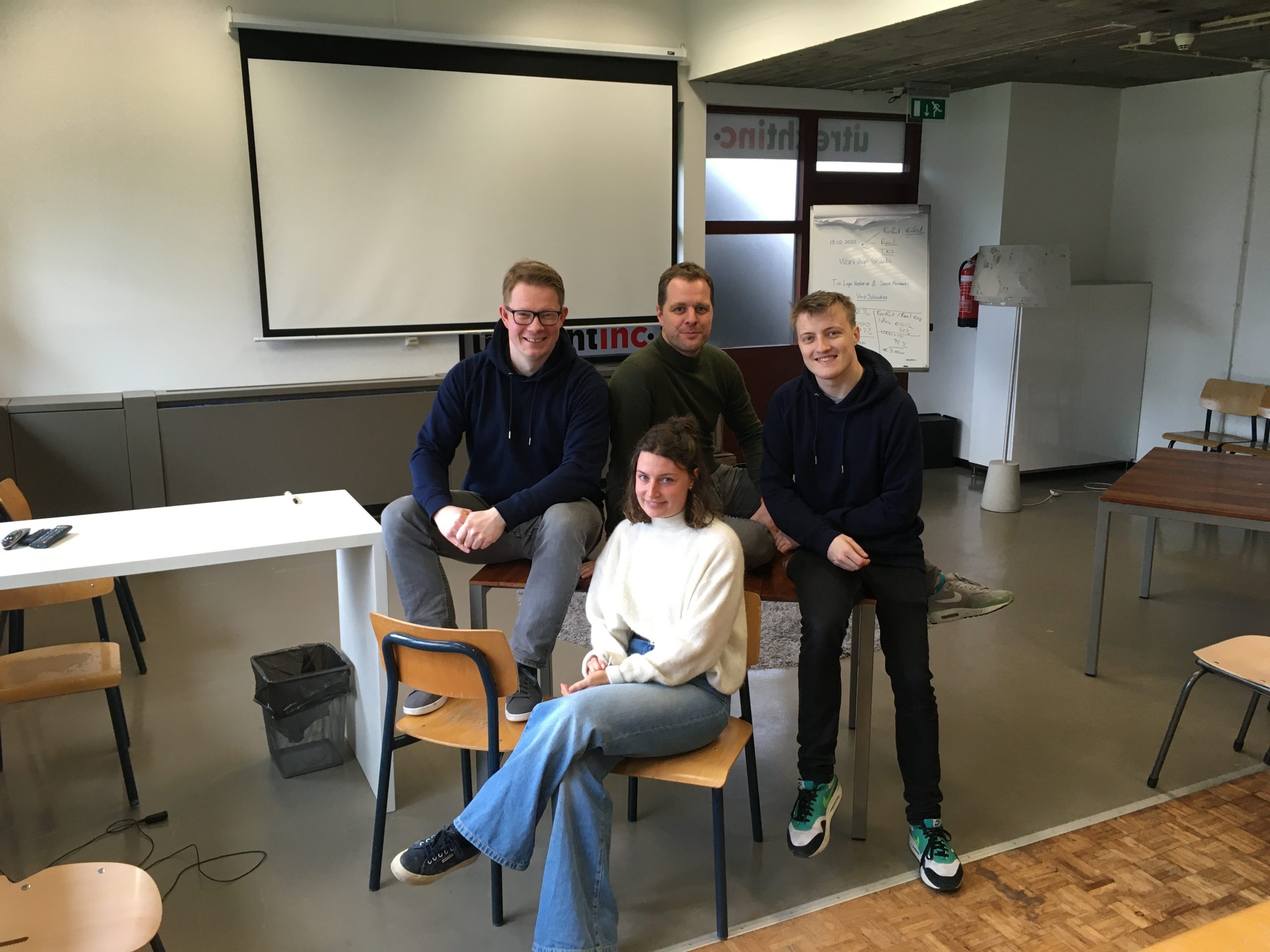
Helpr is a start-up that has designed an educational chatbot which helps school children and students practice their lessons. The advantage is that teachers can log their best teaching sessions via the educational chatbot which students can consult at any time of the day or night. One of the three founders, Jaap Koelewijn, had a homework tutoring center in Baarn which he sold so that he could set up Helpr.

Why did you set up Helpr??
“We saw a huge pattern that constantly repeated itself in the schooling that students were getting at the homework center. One of our founders, Erik Methorst, studied physics and tutored in physics there. I saw him explain how gravity works year after year, over and over again. As a teacher, you could use that chatbot to document the best explanation of a specific subject. A student can then consult the chatbot as often as she or he wants to without the teacher having to be consulted directly.”
So, that saves a lot of time for the teacher …
“Yes. But that’s not all. It’s also nice for a student to be able to ask the question as often as she or he needs to. When a student doesn’t understand something, that often has to do with processing that information. It’s nice for a student as there’s nothing stopping them from asking an educational chatbot the same question again.”
Do you have a physics chatbot at the moment?
“When we first started designing it, it immediately led to 30,000 questions that had to be answered. That was too much for us at the time. That’s why we started with a simpler subject and created an educational chatbot to teach students study skills. It answers questions like: ‘How do I work in a group? How can I improve my concentration? How do I create a mind map?’ In other words, it’s very practical. But that did provide answers to problems that are very common among students.”
What was the biggest obstacle you had to overcome?
“The software used for most chatbots, such as customer service or sales, turned out to be unsuitable for our concept. That’s why we started designing our own technique. Creating something like this from scratch can justifiably be called a major obstacle. But we persevered and from that moment on we managed to make a chatbot that helps students to study.”
What was your biggest breakthrough?
“I’m not sure. We may be breaking even by now, but it’s still too early to say that we’ve gained a firm foothold with our company. We have major potential customers such as Pearson publishers, the HKU in Utrecht and the Nijmegen University of Applied Sciences, who are now testing our educational bot. But the real feather in our cap won’t come until those contracts are signed.”
What else would you like to achieve this year?
“That our customers can create their own educational chatbot via our platform and that we no longer need to be involved in its implementation.”
So, that’s your ultimate goal?
“Yes. I want to facilitate teachers in documenting their own lessons. So that these can be reviewed by a student as often as they need in order to be able to understand the material. A teacher only has a few hours a day to explain something to their students. The chatbot allows students to consult their explanations as often as they want without having to ask the teacher for advice.”


